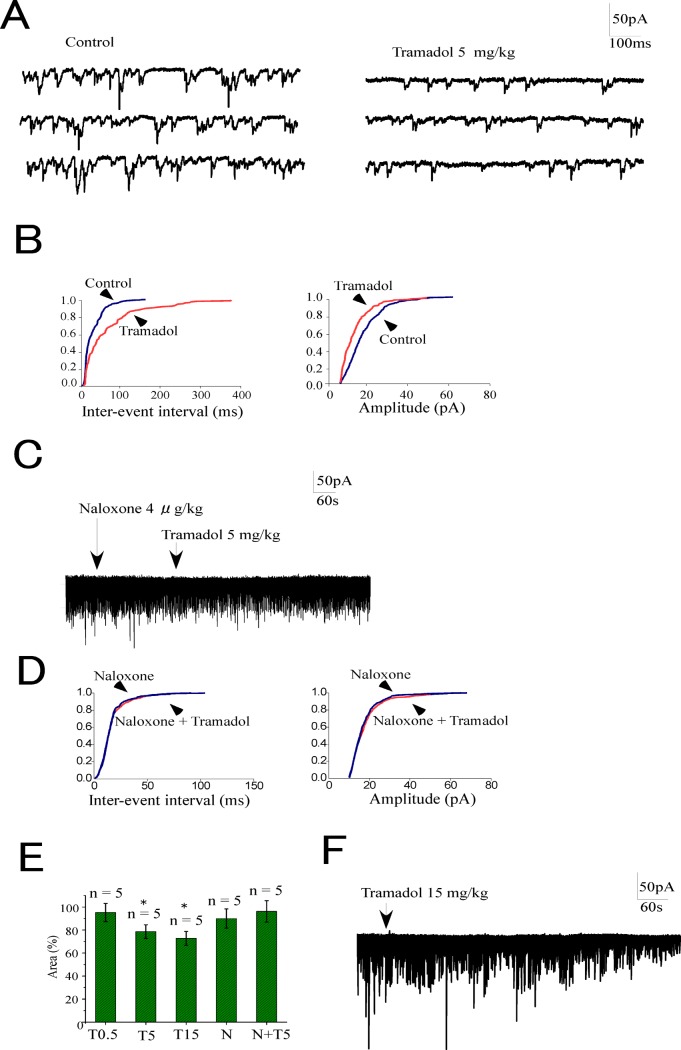Fig 3. Effects of systemic tramadol on spontaneous excitatory currents (sEPSCs) in substantia gelatinosa neurons.
(A) Systemic tramadol (5 mg/kg) inhibited sEPSCs. (B) Cumulative probability plots obtained from the trace in panel A showed a prolongation of inter-event intervals and a decrease in amplitude induced by tramadol. (C) Systemic tramadol (5 mg/kg) had no effect on sEPSCs 5 minutes after the administration of naloxone (4 μg/kg). (D) Cumulative probability plots obtained from the trace in panel C showed that systemic tramadol did not change inter-event intervals and amplitude when naloxone was used as a pretreatment. (E) Summary of the effects of tramadol on sEPSCs. The ordinate represents synaptic charge transfers of sEPSCs as percentages of the control (before the administration of drugs). Tramadol inhibited sEPSCs at doses higher than 5 mg/kg (*p < 0.05). Neither naloxone (4 μg/kg) itself nor tramadol (5 mg/kg) after naloxone had any effect on sEPSCs. Data are the mean ± SEM. Asterisks indicate a significant difference from the control (*p < 0.05) (paired t-test). (F) Tramadol did not induce outward currents even at a high dosage (15 mg/kg). Abbreviations: T0.5, tramadol 0.5 mg/kg; T5, 5 mg/kg; T15, 15 mg/kg; N, naloxone

